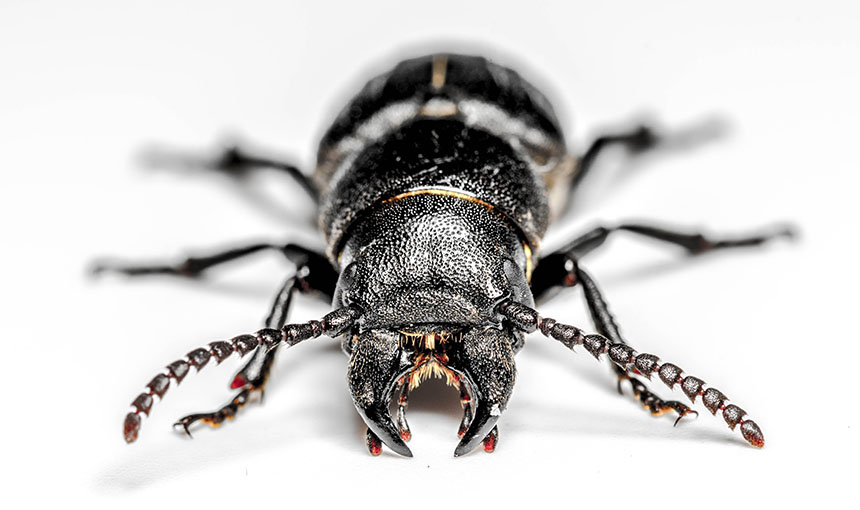Predicting pests before they arrive
A new tool that predicts which pest insects are likely to invade New Zealand will help us get prepared to fight them before they arrive.

Keeping pest insects out of Aotearoa New Zealand is a crucial part of protecting our unique natural environment and primary industries. Being led by Scion Post-Doctoral Fellow Rebecca Turner, this tool combines mathematical modelling with insect interception data to predict which new insects are likely to invade next.
The BioHeritage Challenge is striving to help create a world-class biosecurity system, with the development of this tool feeding into a wider programme that’s developing mobile apps to report suspected biosecurity threats.
Rebecca says one potential use for the information is to feed it into the mobile apps in order to let the New Zealand public know which pest insects to look out for.
“It could also be used by regional councils and government agencies like the Ministry for Primary Industries (MPI) to place identified insects on their ‘most-wanted’ lists to alert the public to keep an eye out for them.”
Rebecca says they’re collecting data on which insects have been intercepted or have become established in both New Zealand and overseas in recent years. They’re aiming to collect all data by the end of the year, with it then being fed into a theoretical model that will predict future threats.
“Most of our overseas data comes from the United States (US) as they have a long history of collecting biosecurity data. However, because insects that are moving by trade tend to turn up in both New Zealand and the US, these data are very useful to compare with our own data”, she says.
“There will be a slight difference in the composition of the trade sources between countries, but overall the insects arriving are similar.”
“For example, the number of bark beetles arriving in New Zealand is positively correlated with numbers arriving in the US. Also, the US being bigger gives us more data to work with.”
Rebecca is working closely with the University of Canterbury’s mathematics department on the tool, under the Te Pūnaha Matatini umbrella. The project also has close connections to other groups including B3 that is looking at how climate effects the probability of new pest insects becoming established in New Zealand.
A mathematician and biologist, Rebecca has been contracted to help MPI eradicate Mycoplasma bovis – a cattle disease that recently arrived in New Zealand.
“Earlier this year, MPI got more quantitative data scientists involved in eradicating M.bovis and they invited me because I’m already doing biosecurity data analysis. Also due to my connections to the Te Pūnaha Matatini researchers and their specific skills in analysing complex systems.
“It’s really nice to be working on something where there are immediate consequences for the work we’re doing – MPI is committed to getting M.bovis under control within two years so it’s a short timeframe.
“Read more about the BioHeritage work Rebecca’s project feeds into.